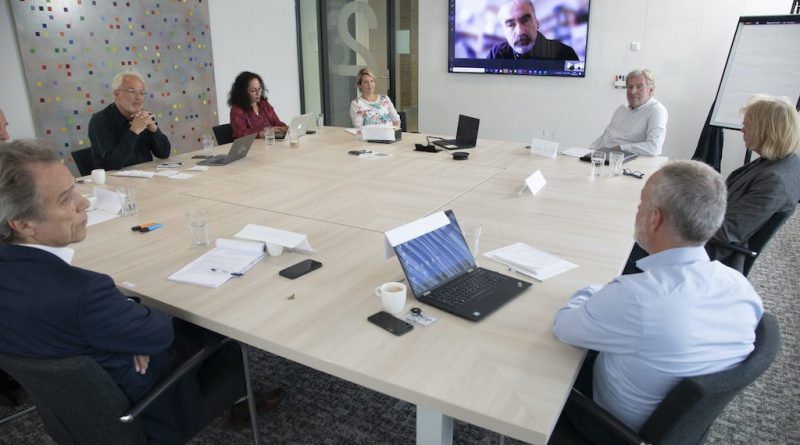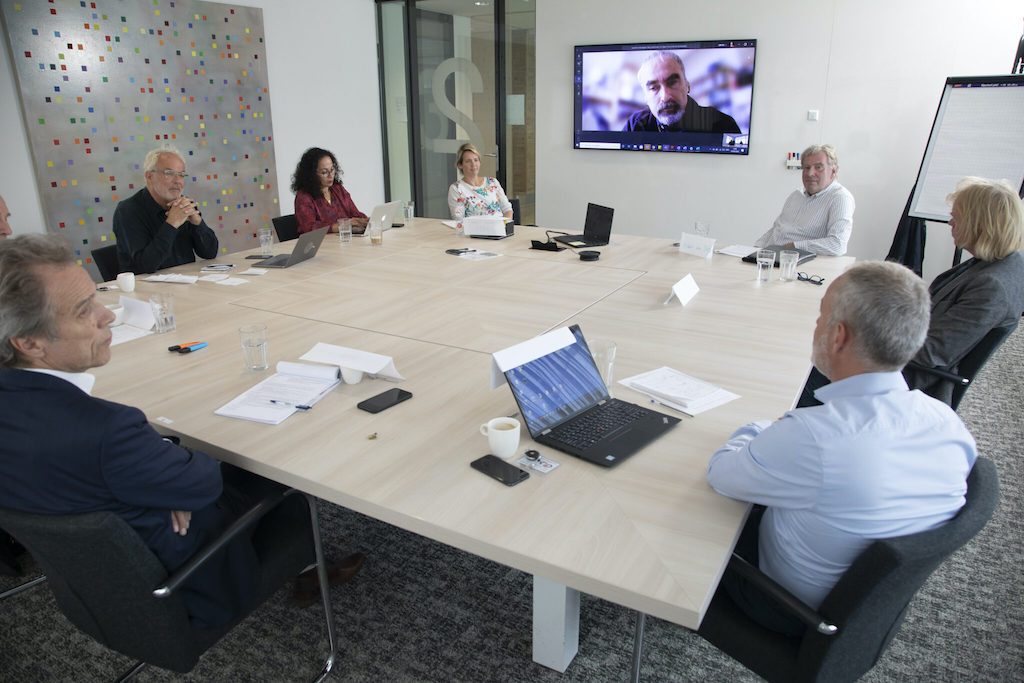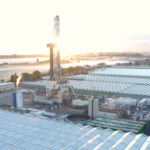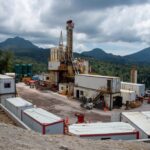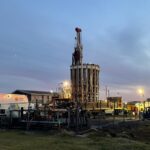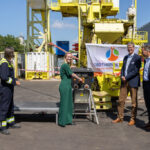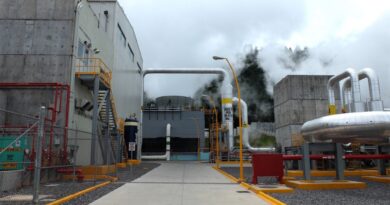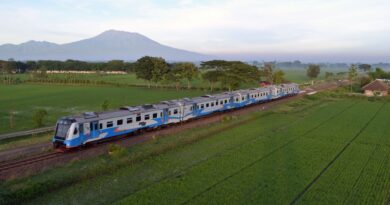Netherlands – an ongoing dialogue on safety and support for geothermal develpment
Energy Disrupter
Seeking an acceleration of geothermal development in the Netherlands, the country’s geothermal energy sector is working on a program to gather further support but also address concerns related to risk management and safety.
The Dutch geothermal energy sector is working on a program to accelerate the development of geothermal energy in the Netherlands. This intended acceleration means that the number of geothermal energy locations will grow significantly and expand from greenhouse horticulture areas to the built environment. Geothermal energy literally comes closer. Closer to other users of the subsurface and closer to users of the topsoil. Support must be obtained from all those stakeholders. In addition to affordability, risks and safety are important themes in this. This is described in an article shared on the website of EBN in the Netherlands.
EBN (Energie Beheer Nederland) and DAGO (Dutch Association of Geothermal Operators) organized a dialogue table about the safe extraction of geothermal energy and factors that influence support for geothermal energy. Part of the recent discussion round were Rob Eijsink of the Association of Water Companies in the Netherlands (Vewin), Robert Mout of State Supervision of Mines (SSM), Marc van Someren geothermal energy specialist at the Ministry of Economic Affairs and Climate (EZK), Jos Mol of the municipality of Enschede and participant on behalf of the Association of Dutch Municipalities (VNG), Robert van der Lande from the Geothermal Platform Foundation (SPG), Radboud Vorage (DAGO) and Jorien Schaaf from Energie Beheer Nederland (EBN).
Public opinion about geothermal energy
At the moment there are 20 geothermal energy extractions active in the Netherlands. The production decisions for these projects have yet to be formalized. “Information markets for local residents are organized during the granting of permits and interested parties can submit formal opinions,” says Marc van Someren (EZK). “The sector must take a more proactive approach to new initiatives and new permit applications,” says Robert Mout (SSM). “That also includes: Knowing how the environment works and what is important to everyone. Public opinion about geothermal energy now appears to be fairly neutral, but I expect that there will be a public debate around the extraction decisions. ”
Robert van der Lande, Geothermal Platform Foundation (SPG): “As we move into the built environment, we will be dealing with a lot more people who are directly involved and they will all have different questions and opinions.”
Direct environment geothermal energy source benefits
“Current practice in the sector is that the environment is closely involved and has a positive attitude towards geothermal energy. And that makes sense ”, says Radboud Vorage (DAGO):“ Almost all current projects are initiatives of local residents themselves, for example the horticulturalists. The initiators and the nearby residents and businesses are also the beneficiaries of the heat source. What is special about geothermal energy is that it must be sold within three to five kilometers. This means that the immediate vicinity of the geothermal heat source always benefits directly from it. ” “However, now that we are entering the built environment, we will be dealing with many more people who are directly involved and they will all have different questions and opinions,” says Robert van der Lande (SPG).
Unfamiliarity with geothermal energy
“People don’t see much of geothermal energy yet. Nobody is bothered by it. Things are different when heat pipes are installed in certain neighborhoods. Sentiment can change when the street is open or when a safety issue arises, ”says Jorien Schaaf (EBN). Jos Mol (municipality of Enschede / VNG) sees that geothermal energy is included in many Regional Energy Strategies, but thinks that the choice is sometimes based more on emotion than on ratio. “This has to do with unfamiliarity with geothermal energy. People look at the subsurface because they don’t want to see the environmental effects of the sun and wind. However, too little is known about the opportunities and possible risks of geothermal energy. This must be discussed. ” Robert Mout (SSM) confirms this picture based on his experience with information meetings for municipalities and provinces: “The same questions kept coming back: ‘What is geothermal energy?’ ‘Tell me what the risks are.’ round to show this. Then comes the choice that each region has to make. ”“ In this context, the ministry is working on an acceleration process in which all stakeholders of the heat demand and the heat supply are involved, ”says Marc van Someren (EZK).
Standards and measures risks
The sector, the government and in consultation with other users of the subsurface, such as the drinking water sector, are working on drawing up industry standards and norms and measures for limiting possible safety risks from geothermal energy. At the end of this year, the Ministry of Economic Affairs will present its risk policy for the energy transition, which also includes geothermal energy. In addition, EZK is working on improving tools with which various risks of geothermal energy can be determined. SSM will publish an update in 2021 on the recommendations of the State of the Geothermal Sector: What has the sector done with the recommendations? To what extent has the sector been professionalised? DAGO is working with EBN on a well design guideline that sets the standard for the sector for the design of sound geothermal wells.
Drinking water and geothermal energy side by side and separated from each other
“We stand for the protection of drinking water sources and we have to deal with more activities underground,” says Rob Eijsink (Vewin). “Geothermal energy is an important player in this. I think we must and can realize drinking water and geothermal energy side by side and separately from each other. The importance of both social issues, of the energy transition and of our drinking water, must be the starting point in the discussion about this. ” Robert van der Lande (SPG) adds: “The extraction of drinking water and the extraction of geothermal energy are legally well separated from each other: you are not allowed to extract geothermal energy in water extraction areas. But in addition, many rural areas have been designated as “strategic water abstraction reserves”. Drinking water is only extracted there in exceptional situations. Where those rural areas are close to residential areas, you will eventually want to obtain permission for the extraction of geothermal energy. Obviously on the condition of controlling any risks. ”
Rob Eijsink, Association of Water Companies in the Netherlands (Vewin): “I think we should and can realize drinking water and geothermal energy side by side and separately from each other. The importance of both social issues, of the energy transition and of our drinking water, must be the starting point in the discussion about this. ”
Managing risks
Robert Mout (SSM) emphasizes that it must also be clear to the environment what the safety standards and possible risks are and what measures are taken. He mentions leakage of a geothermal well as a possible risk, but he believes the integrity of the well is certainly manageable during the production phase. “Measuring and knowing what is happening is important in this.” Radboud Vorage (DAGO) adds: “The thickness of the wall of the well is measured regularly at all geothermal wells. If the wall thickness becomes too small, we carry out repairs. We develop innovations for new well designs on the basis of the knowledge we acquire. ” Jorien Schaaf (EBN) also endorses the importance of a good risk inventory and risk management and explains how the well design guide contributes to this: “With new wells, the well design guide is used to determine per situation or maybe even have to be three-walled to control the risk. If you list the facts, we can control the risk of leakage. ” Marc van Someren (EZK) responds: “The fact is that to date no negative effect on groundwater has been observed in geothermal energy.”
Radboud Vorage (DAGO) concludes: “As a country, we have enjoyed natural gas for years, but we now have to work on a new sustainable heating infrastructure that is safe and affordable. Geothermal energy can provide an important part of that sustainable need. ”
Jorien Schaaf, Energy Management Netherlands (EBN): “In the case of new wells, the well design guide is used to examine per situation whether they should be single, double or even triple walled in order to control the risk. If you list the facts, we can control the risk of leakage. ”
Source: EBN

